Happy Saturday and hello from San Francisco! It’s beautiful weather here and there’s much to see at Noir City 9, the terrific film festival put on by the Film Noir Foundation.
This year’s theme is “Who’s Crazy Now?” described by festival organizers as a lineup of 24 tales of madness, ranging from Oscar-winning performances by Ingrid Bergman (“Gaslight”) and Ronald Colman (“A Double Life”) to obscure rarities, all presented as originally intended, in glorious 35mm. The fest runs through Jan. 30.
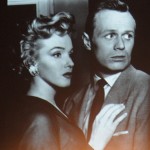





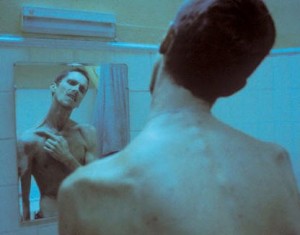
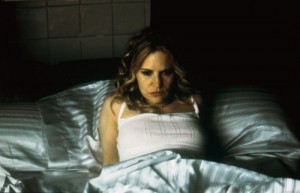


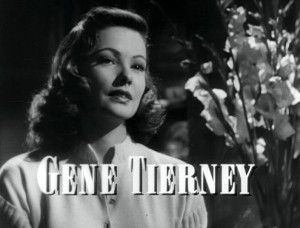
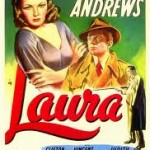
![JOAN_FB_PIC[1]](http://www.filmnoirblonde.com/wp-content/uploads/2011/01/JOAN_FB_PIC11.jpg)
![coty_airspun_face_powder_final[1]](http://www.filmnoirblonde.com/wp-content/uploads/2011/01/coty_airspun_face_powder_final1-300x277.jpg)
![velvetina_front_final[1]](http://www.filmnoirblonde.com/wp-content/uploads/2011/01/velvetina_front_final1-300x225.jpg)
![JOAN_FB_PIC[1]](http://www.filmnoirblonde.com/wp-content/uploads/2011/01/JOAN_FB_PIC1.jpg)
![marinello_face_powder_ad_final[1]](http://www.filmnoirblonde.com/wp-content/uploads/2011/01/marinello_face_powder_ad_final1-230x300.jpg)
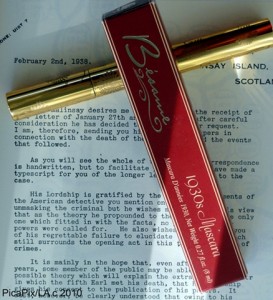
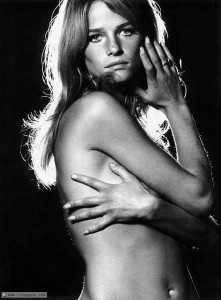





From FNB readers